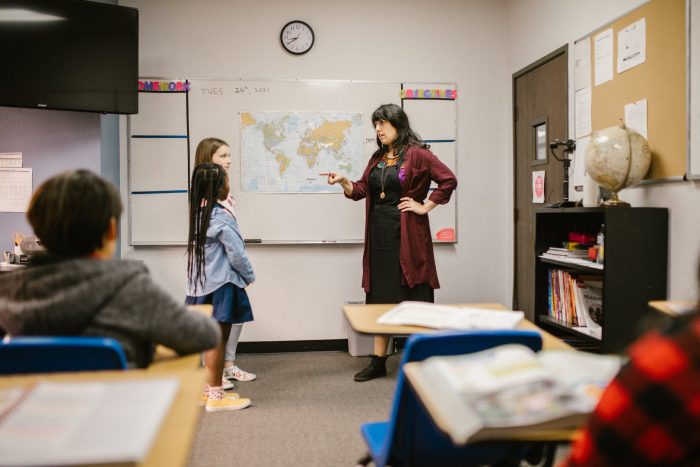Even as issues that affect minority communities are slowly but surely being addressed legislatively in the United States, racial biases, both implicit and overt, continue to perpetuate today’s time. Things like the fact that a black man has a 1 in 4 chance of getting arrested during his lifetime, whereas a white man has a 1 in 23 chance of getting arrested in his, as stated accordingly by the Bureau of Justice Special Report.
Overt racial bias (for instance, a teacher noticeably harder on black students than white students) is actually much easier to notice and correct than implicit bias.
Implicit bias is not strictly racial, it can be shaped around automatic associations with social groups. Things we are used to seeing in society such as “boys like blue” is an example of an implicit bias (one much less harmful than a racial bias, of course). In reality, girls are as likely to truly like the same colors as boys do, but pressures and norms make them think they need to feel one way or another.
In the United States, one of the most common biases is that African Americans are more likely to commit a crime. In reality, the color of someone’s skin could never dictate their motive to commit a crime. Societal norms stemming from slavery and segregation still exist in many Americans, and even in books and television taught in schools.
Reversing these biases is not something that the country can depend on parents for, but educators and other people involved with kids at school can be trained to help this issue.
The School to Prison Pipeline
One glaring area of bias is in the amount of law enforcement intervention that happens in schools that are predominantly black and Hispanic compared to schools that are primarily white.
This leads to more suspensions, and black and Hispanic students are suspended 4 times more often than white students. The more days a student is away from school, the more a chance they have of getting in trouble with the law, statistically speaking.
Keeping these students in school decreases their chances of becoming one of those statistics.
Zero-Tolerance Policies
Zero-tolerance policies stem from the war on drugs and dictate expulsions for students who bring any sort of illegal substance onto a school campus.
On the surface saying, “drugs shouldn’t be in school and those who bring them should be punished” is a fair statement. However, punishments don’t have to send kids to the streets where they will just continue the behavior.
Access to illegal drugs is easier in low-income areas, and because of the 300-year head start white Americans had at the American Dream, low-income areas do tend to have higher percentages of black and Hispanic families. Unfortunately, those black and Hispanic students are more exposed to drugs and more likely see them as an opportunity to help their family pay the bills. Ultimately resulting in those students taking drugs to school.
Changing legislation such as zero-tolerance policies should be a priority for schools who want to minimize the effects of racial biases. Everything starts with educating everyone.
Educating the Educators
In order to ensure they don’t act on implicit biases, teachers first need to know what they are. Depending on the locale in the U.S., convincing a school board of adding things like critical race theory to official curriculum’s can be very difficult.
Social workers can help with the pursuit of racial equity by going to schools with black and Hispanic students and conducting somewhat of an inventory of teachers. They can ask them a variety of questions and observe them in action.
If these social workers determine that there is a chance for implicit racial bias affecting one or many teachers, training can be conducted to help them become more aware, and hopefully grow out of them.
Lessons for the teachers would include things like statistics regarding the school-to-prison pipeline, history about recent America that often goes untaught, sharing positive influences that certain cultures have had on the education system and country, and things of the like.
Being prepared to answer questions on the spot isn’t even a necessity, as long as your social worker knows where to find the answers later and how to share them with those interested parties!












Read 0 comments and reply